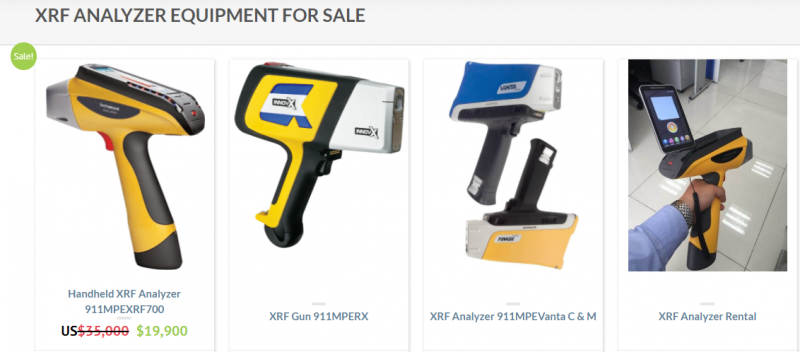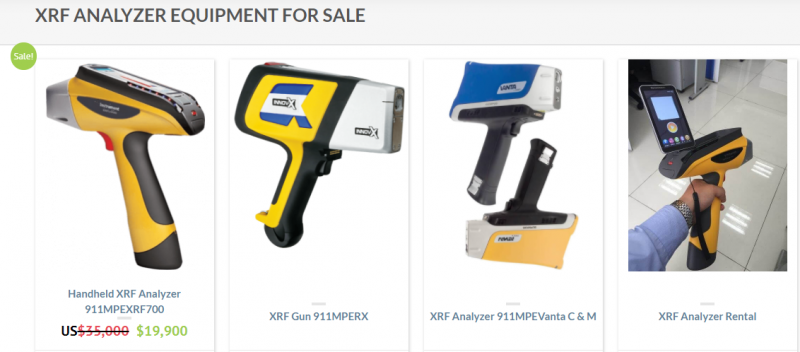Total Iron in Mineral Chromite and Ferrochrome Slags
Iron is the second major element in chromite. In smelting operations where ferrochrome is the product, a specific range in the chromium-to-iron ratio is desired. Where pure metallic chromium is the product, the iron concentration is not as important. In both cases, it is important to have a good value for the chromium-to-iron ratio. A […]
Acid-Soluble or “Metallic” Chromium in Ferrochrome Slags
At this Center, results from this method have been used almost exclusively as data for the calculation of the total degree of reduction in a smelter batch, rather than as an indicator for the metallization of chromium. When a charge of chromite material is smelted or prereduced, the crystal structure is changed, and once the […]
Total Chromium in Mineral Chromite and Ferrochrome Slags
The total chromium content in mineral chromite and ferrochrome slags can range from a fraction of a percent in the slags to greater than 30 pct in the ore concentrates. Because of this variation and because of the difficulty in dissolving chromite-containing samples, the method of choice at this Center has been fusion with sodium […]
Analysis of Chromite and Ferrochrome Slag
This report describes the elemental characterization of chromite and related materials at the Bureau of Mines, Albany Research Center. Analytical methods for determining the major constituents, representing extensive experience, refinement, and development, are described and fully annotated. This presentation should allow other laboratories to use these methods and obtain comparable results with a minimum of […]
XRD Mineralogy & XRF Analysis
I want to start with a basic introduction with the XRD and XRF technology and how they are similar, and how they differ. So, what is X-ray fluorescence? Very simply put, X-ray fluorescence uses an excitation source to excite elements, electrons within an atom. This excitation will eject an electron from its orbital and there […]
Bruker Handheld XRF
This is a general safety information regarding Bruker’s handheld X-ray fluorescence XRF analyzers. Proper training is vital for compliance, safe operation and understanding of the operator’s responsibilities associated with handheld XRF analyzer use. The term radiation is used to describe forms of energy emitted as particles or electromagnetic waves. There are two types of radiation: […]
Gold Testing

There are several supplies that we sell for gold testing and I wanted to give you an overview of the kinds of things that you can expect to use and need and talk about the basics of gold testing. So, what I’ve got in front of me are some beginning supplies. We’ve got our testing […]
Niton XL3T XRF Analyzers
Welcome to a brief handheld XRF positive material Identification Analyzer tutorial. For complete operating and maintenance guidelines, you should always refer to the operator’s manual. These instruments use X-ray fluorescence to allow users to identify the elemental makeup of alloys and numerous other materials, to determine heavy metal content in soils, to look for lead […]
X-Ray Fluorescence Spectroscopy XRF

In X-ray fluorescence spectroscopy an X-ray source is used to irradiate the sample with X-ray radiation. If the energy of this radiation is sufficient, then it will interact with the atom’s inner shell electrons causing them to be kicked out. Almost immediately, a relaxation process takes place where one of the outer shell electrons fall […]
How HandHeld XRF Works

So, most of you who are attending today are affected in some way by regulations of consumer products or hazardous substances in consumer product manufacturing. Today we’ll be giving you two of the big regulations: RoHS and CPSIA. We’ll talk about how as a manufacturer or importer subject to regulation you can set up a […]
